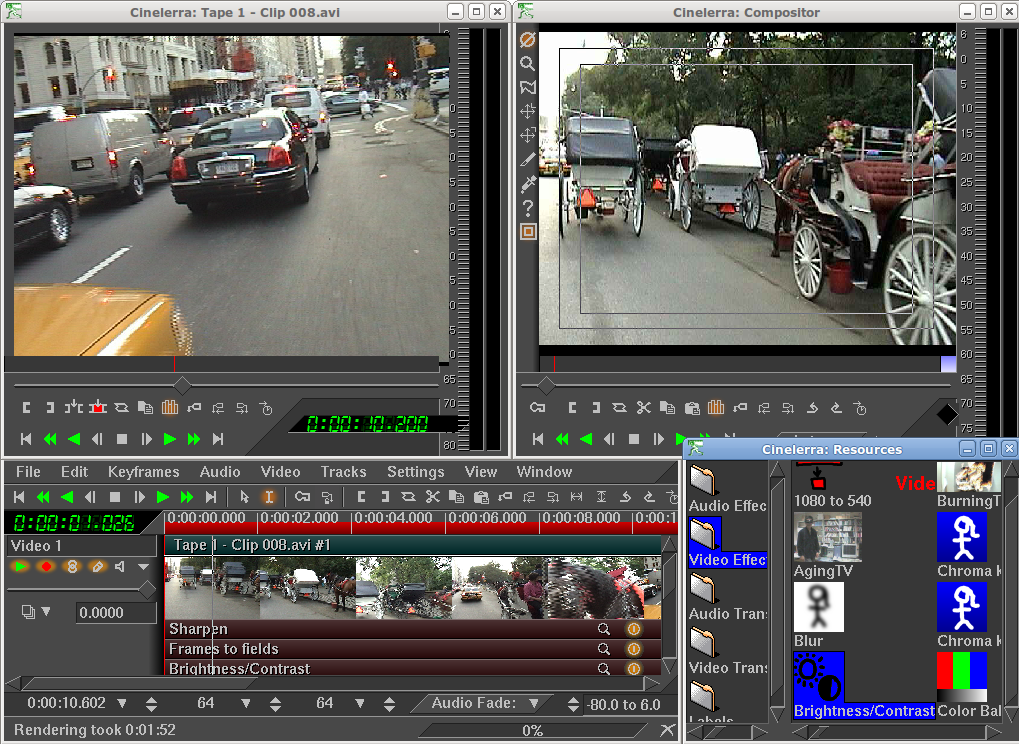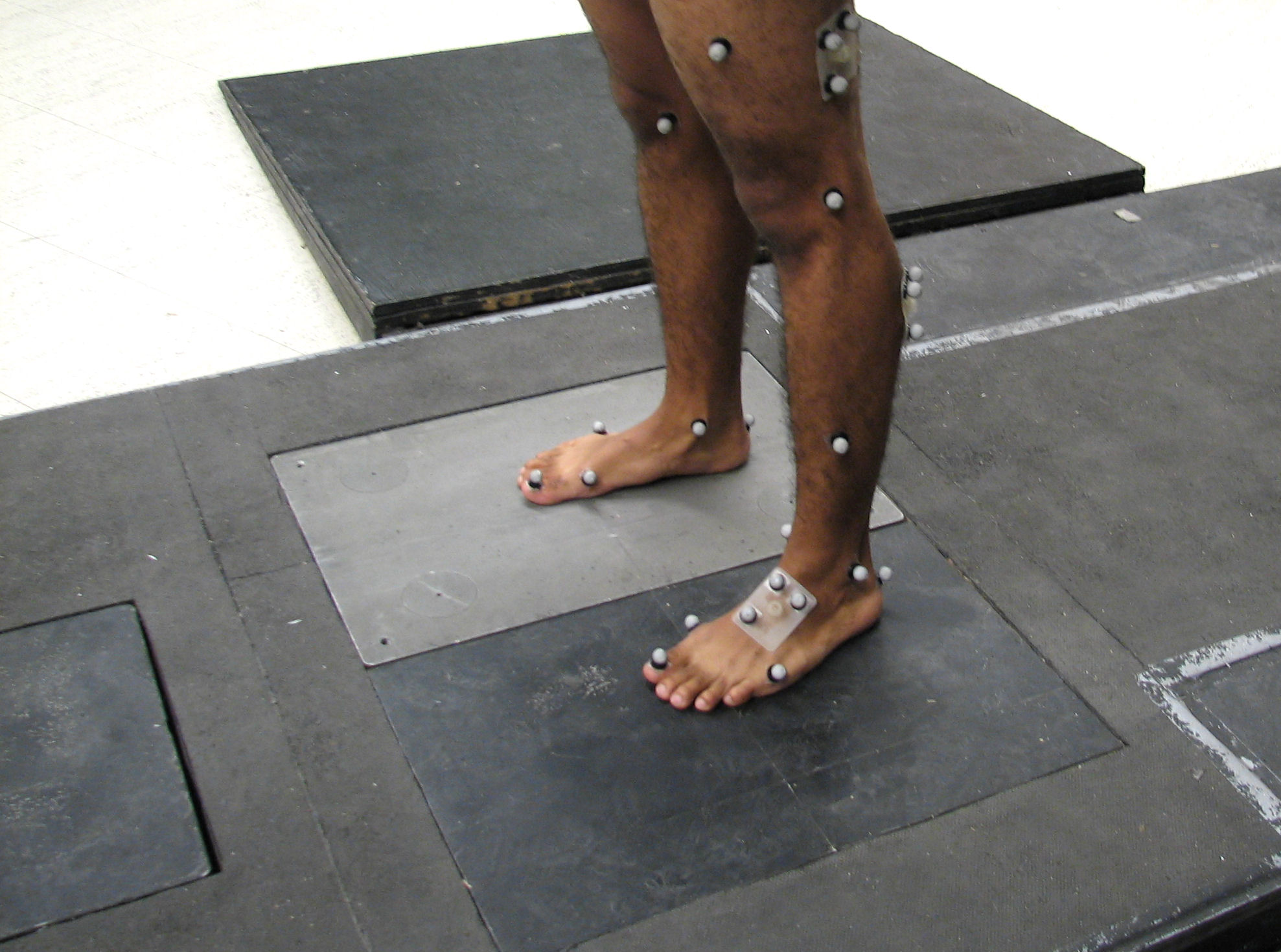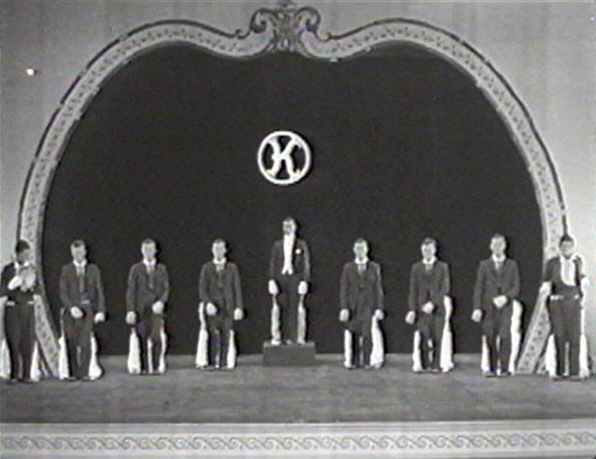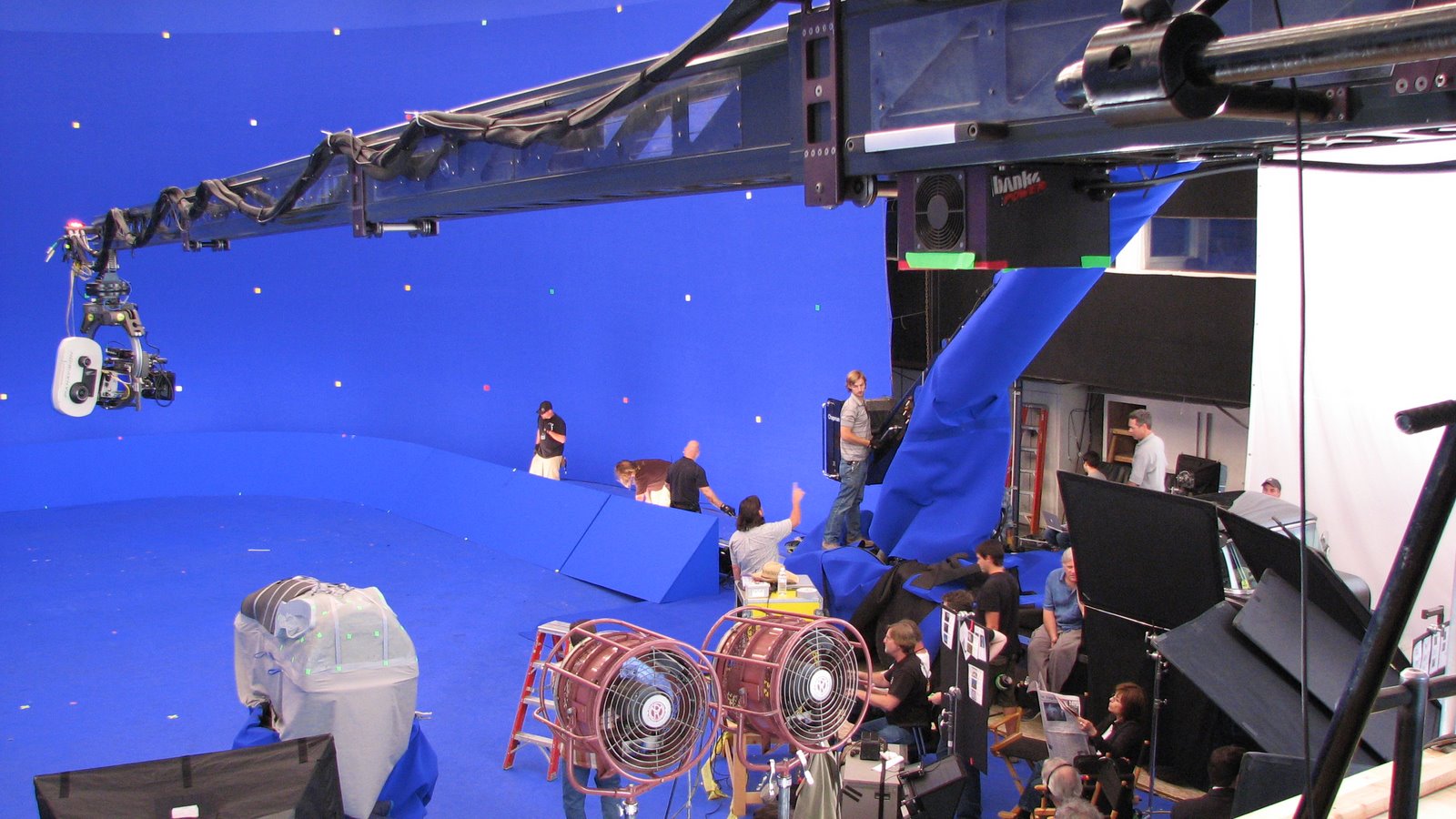|
Video Software
Video editing software or a video editor is software used for performing the post-production video editing of digital video sequences on a non-linear editing system (NLE). It has replaced traditional flatbed celluloid film editing tools and analog video tape editing machines. Video editing software serves a lot of purposes, such as filmmaking, audio commentary, and general editing of video content. In NLE software, the user manipulates sections of video, images, and audio on a sequence. These clips can be trimmed, cut, and manipulated in many different ways. When editing is finished, the user exports the sequence as a video file. Components Timeline NLE software is typically based on a timeline interface where sections moving image video recordings, known as clips, are laid out in sequence and played back. The NLE offers a range of tools for trimming, splicing, cutting, and arranging clips across the timeline. Another kind of clip is a text clip, used to add text to a video ... [...More Info...] [...Related Items...] OR: [Wikipedia] [Google] [Baidu] |
Cinelerra-CV 2
Cinelerra is a video editing and track-based digital compositing program (an NLE, Non-Linear Editor) designed for Linux. It is free software distributed under the open source GNU General Public License. In addition to editing, it supports advanced composition operations such as Keying (graphics), keying and Matte (filmmaking), mattes, including a title generator, many effects to edit video and audio, keyframe automation, and many other professional functions depending on the variant. It processes audio in 64 floating-point form. Video is processed in RGBA or YUVA color spaces, in 16-bit integer or floating-point form. It is resolution and image refresh rate independent. The HV & GG variants support up to 8K video. The GG variant can also create DVDs and Blu-rays. History In 1996 Adam Williams of Heroine Virtual, lead developer of Cinelerra, released a Unix audio editor called Broadcast 1.0 which could handle 2G audio files. In 1997 Broadcast 2.0 was released, still audio only but ... [...More Info...] [...Related Items...] OR: [Wikipedia] [Google] [Baidu] |
Optical Media
An optical disc is a flat, usuallyNon-circular optical discs exist for fashion purposes; see shaped compact disc. disc-shaped object that stores information in the form of physical variations on its surface that can be read with the aid of a beam of light. Optical discs can be reflective, where the light source and detector are on the same side of the disc, or transmissive, where light shines through the disc to be detected on the other side. Optical discs can store analog information (e.g. LaserDisc), digital information (e.g. DVD), or store on the same disc (e.g. CD Video). Their main uses are the distribution of media and data, and long-term archival. Design and technology The encoding material sits atop a thicker substrate (usually polycarbonate) that makes up the bulk of the disc and forms a dust defocusing layer. The encoding pattern follows a continuous, spiral path covering the entire disc surface and extending from the innermost track to the outermost trac ... [...More Info...] [...Related Items...] OR: [Wikipedia] [Google] [Baidu] |
Visual Effects
Visual effects (sometimes abbreviated as VFX) is the process by which imagery is created or manipulated outside the context of a live-action shot in filmmaking and video production. The integration of live-action footage and other live-action footage or CGI elements to create realistic imagery is called VFX. VFX involves the integration of live-action footage (which may include in-camera special effects) and generated-imagery (digital or optics, animals or creatures) which look realistic, but would be dangerous, expensive, impractical, time-consuming or impossible to capture on film. Visual effects using computer-generated imagery (CGI) have more recently become accessible to the independent filmmaker with the introduction of affordable and relatively easy-to-use animation and compositing software. History Early developments In 1857, Oscar Gustave Rejlander, Oscar Rejlander created the world's first "special effects" image by combining different sections of 32 negatives into ... [...More Info...] [...Related Items...] OR: [Wikipedia] [Google] [Baidu] |
4K Resolution
4K resolution refers to a horizontal display resolution of approximately 4,000 pixels. Digital television and digital cinematography commonly use several different 4K resolutions. In television and consumer media, 38402160 (4K UHD) with a 16:9 aspect ratio is the dominant standard, whereas the digital cinema, movie projection industry uses 40962160 (Digital Cinema Initiatives, DCI 4K). The 4K television market share increased as prices fell dramatically throughout 2013 and 2014. 4K standards and terminology The term "4K" is generic and refers to any resolution with a horizontal pixel count of approximately 4,000. Several different 4K resolutions have been standardized by various organizations. The terms "4K" and "Ultra HD" are used more widely in marketing than "2160p" (''cf.'' "1080p"). While typically referring to motion pictures, some digital camera vendors have used the term "4K photo" for still photographs, making it appear like an especially high resolution even though 3 ... [...More Info...] [...Related Items...] OR: [Wikipedia] [Google] [Baidu] |
Stock Footage
Stock footage, and similarly, archive footage, library pictures, and file footage is film or video footage that can be used again in other films. Stock footage is beneficial to filmmakers as it saves shooting new material. A single piece of stock footage is called a "stock shot" or a "library shot". Stock footage may have appeared in previous productions but may also be outtakes or footage shot for previous productions and not used. Examples of stock footage that might be utilized are moving images of cities and landmarks, wildlife in their natural environments, and historical footage. Suppliers of stock footage may be either rights managed or royalty-free. Many websites offer direct downloads of clips in various formats. History Stock footage companies began to emerge in the mid-1980s, offering clips mastered on Betacam SP, VHS, and film formats. Many of the smaller libraries that specialized in niche topics such as extreme sports, technological or cultural collections were ... [...More Info...] [...Related Items...] OR: [Wikipedia] [Google] [Baidu] |
IMovie
iMovie is a free video editing software, video editing application made by Apple Inc., Apple for the Mac (computer), Mac, the iPhone, and the iPad. It includes a range of video effects and tools like color correction and image stabilization, but is designed to be accessible to users with little or no video editing experience. iMovie's professional equivalent is Apple's Final Cut Pro X. iMovie was originally released in 1999 for Mac OS 8, and bundled with the iMac DV. With version 3, iMovie became part of Apple's now-defunct iLife suite, alongside other multimedia apps. iMovie '08 was a complete rewrite, and lacked many of the features of previous versions, which returned in iMovie '09 and iMovie '11. The iOS version of iMovie came out in 2010. iMovie is pre-installed on all new Macs, iPhones, and iPads, and is free on the App Store. History iMovie (1999) The first version of iMovie was released in 1999 as a Mac OS 8 application bundled with the first IEEE 1394, FireWire-ena ... [...More Info...] [...Related Items...] OR: [Wikipedia] [Google] [Baidu] |
Color Grading
Color grading is a post-production process common to filmmaking and video editing of altering the appearance of an image for presentation in different environments on different devices. Various attributes of an image such as contrast (vision), contrast, color, colorfulness, saturation, detail, black level, and color balance, white balance may be enhanced whether for motion pictures, videos, or still images. Color grading and color correction are often used synonymously as terms for this process and can include the generation of artistic color effects through creative blending and compositing of different layers (digital image editing), layer masks of the source image. Color grading is generally now performed in a digital process either in a controlled environment such as a color suite, and is usually done in a dim or dark environment. The earlier film processing, photochemical film process, referred to as color timing, was performed at a film laboratory, film lab during releas ... [...More Info...] [...Related Items...] OR: [Wikipedia] [Google] [Baidu] |
Blender (software)
Blender is a Free and open-source software, free and open-source 3D computer graphics software tool set that runs on Microsoft Windows, Windows, macOS, BSD, Haiku (operating system), Haiku, IRIX and Linux. It is used for creating animated films, visual effects, art, 3D printing, 3D-printed models, motion graphics, interactive 3D applications, and virtual reality. It is also used in creating video games. Blender was used to produce the Academy Awards, Academy Award-winning film ''Flow (2024 film), Flow'' (2024). History Blender was initially developed as an in-house application by the Dutch animation studio NeoGeo (no relation to the Neo Geo, video game brand), and was officially launched on January 2, 1994. Version 1.00 was released in January 1995, with the primary author being the company co-owner and software developer Ton Roosendaal. The name ''Blender'' was inspired by a song by the Swiss electronic band Yello, from the album ''Baby (Yello album), Baby'', which NeoGeo used ... [...More Info...] [...Related Items...] OR: [Wikipedia] [Google] [Baidu] |
Motion Capture
Motion capture (sometimes referred as mocap or mo-cap, for short) is the process of recording high-resolution motion (physics), movement of objects or people into a computer system. It is used in Military science, military, entertainment, sports, medical applications, and for validation of computer vision and robots. In films, television shows and video games, motion capture refers to recording actions of Motion-capture acting, human actors and using that information to animate Character animation, digital character models in 2D or 3D computer animation. When it includes face and fingers or captures subtle expressions, it is often referred to as performance capture. In many fields, motion capture is sometimes called motion tracking, but in filmmaking and games, motion tracking usually refers more to match moving. In motion capture sessions, movements of one or more actors are sampled many times per second. Whereas early techniques used 3D reconstruction from multiple images, ima ... [...More Info...] [...Related Items...] OR: [Wikipedia] [Google] [Baidu] |
Luma Key
Compositing is the process or technique of combining visual elements from separate sources into single images, often to create the illusion that all those elements are parts of the same scene. Live action, Live-action shooting for compositing is variously called "chroma key", "blue screen", "green screen" and other names. Today, most compositing is achieved through digital image manipulation. Pre-digital compositing techniques, however, go back as far as the trick films of Georges Méliès in the late 19th century, and some are still in use. Basic procedure All compositing involves the replacement of selected parts of an image with other material, usually, but not always, from another image. In the digital method of compositing, software commands designate a narrowly defined color as the part of an image to be replaced. Then the software (e.g. Natron (software), Natron) replaces every pixel within the designated color range with a pixel from another image, aligned to appear ... [...More Info...] [...Related Items...] OR: [Wikipedia] [Google] [Baidu] |
Chroma Key
Chroma key compositing, or chroma keying, is a Visual effects, visual-effects and post-production technique for compositing (layering) two or more images or video streams together based on colour hues (colorfulness, chroma range). The technique has been used in many fields to background subtraction, remove a background from the subject of a photo or video – particularly the newscasting, motion picture, and video game industries. A colour range in the foreground footage is made transparent, allowing separately filmed background footage or a static image to be inserted into the scene. The chroma keying technique is commonly used in video production and post-production. This technique is also referred to as colour keying, colour separation overlay (CSO; primarily by the BBC), or by various terms for specific colour-related variants such as green screen or blue screen; chroma keying can be done with backgrounds of any colour that are uniform and distinct, but green and blue backg ... [...More Info...] [...Related Items...] OR: [Wikipedia] [Google] [Baidu] |
Compositing
Compositing is the process or technique of combining visual elements from separate sources into single images, often to create the illusion that all those elements are parts of the same scene. Live action, Live-action shooting for compositing is variously called "chroma key", "blue screen", "green screen" and other names. Today, most compositing is achieved through digital image manipulation. Pre-digital compositing techniques, however, go back as far as the trick films of Georges Méliès in the late 19th century, and some are still in use. Basic procedure All compositing involves the replacement of selected parts of an image with other material, usually, but not always, from another image. In the digital method of compositing, software commands designate a narrowly defined color as the part of an image to be replaced. Then the software (e.g. Natron (software), Natron) replaces every pixel within the designated color range with a pixel from another image, aligned to appear ... [...More Info...] [...Related Items...] OR: [Wikipedia] [Google] [Baidu] |








